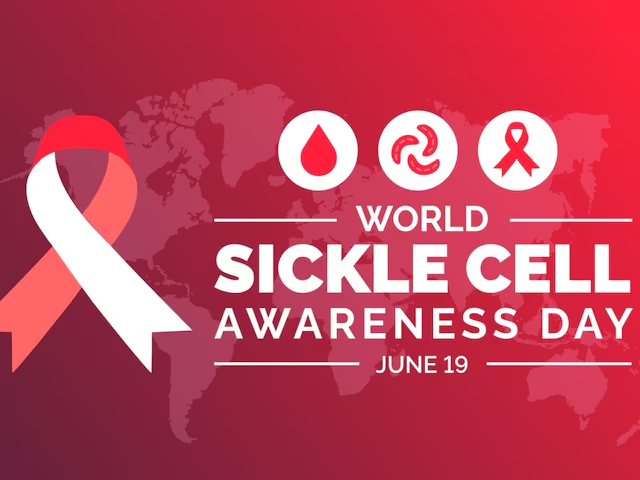Observed annually on June 19, World Sickle Cell Day aims to increase awareness about sickle cell disease (SCD), a life-threatening genetic condition. This day also emphasizes the difficulties faced by individuals living with the disease. According to the Centers for Disease Control and Prevention (CDC), sickle cell disease is a hereditary blood disorder characterized by the formation of abnormally shaped red blood cells.
These sickle-shaped cells can obstruct blood flow and reduce oxygen delivery to various parts of the body, impacting both hemoglobin and red blood cells. Date and Purpose World Sickle Cell Day is celebrated on June 19 each year. This day is dedicated to raising awareness about sickle cell disease (SCD), a serious inherited blood disorder.

The focus is on highlighting the challenges faced by individuals living with this condition and promoting better understanding and care. Theme and Historical Background The theme for World Sickle Cell Day 2024 is "Hope Through Progress: Advancing Care Globally." The United Nations General Assembly established World Sickle Cell Day in December 2008 to recognize sickle cell disease as a significant public health concern and one of the most common genetic disorders worldwide.
Understanding Sickle Cell Disease Sickle cell disease is characterized by the presence of abnormally shaped red blood cells, which can obstruct blood flow and reduce oxygen delivery throughout the body. This condition affects hemoglobin and the red blood c.























